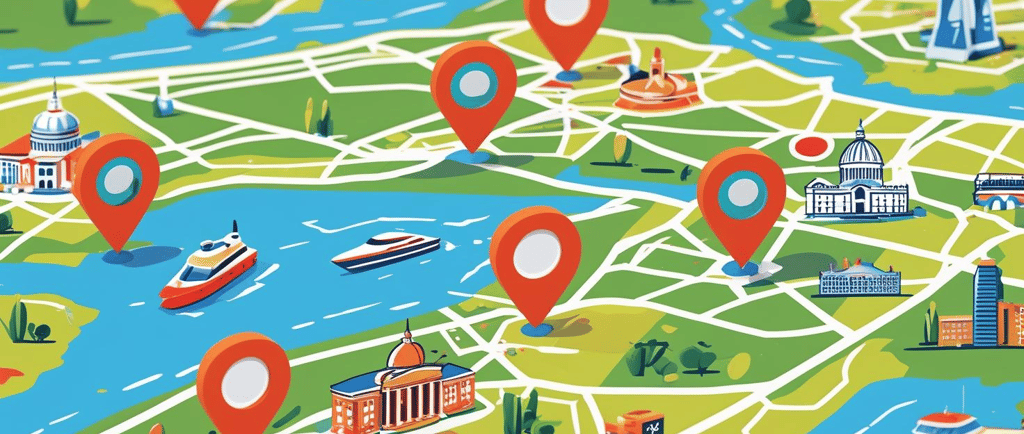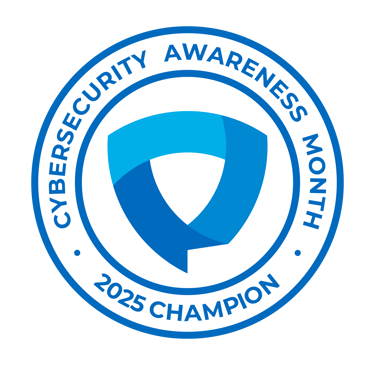Instagram Maps and What You Should Do as a Parent
In this blog we are going to break down what is Instagram Maps, the risks it can have to your family, and quick tips on how to protect your children.
Kae David
8/14/20251 min read


What is Instagram Maps?
Instagram Maps lets users explore posts, Stories, and reels tagged to specific locations — like restaurants, parks, or events. If your posts or Stories have a location tag, they can appear on that map for others to find.
The risk?
Strangers can see where you (or your children) are right now if you post in real time.
Your posting history can reveal your daily habits, favorite spots, or home area.
Criminals can cross-reference your profile with location history to target you or your kids.
How to Prevent Sharing Location on Instagram Maps
1. Don’t Tag Your Location in Posts or Stories
When you create a post or Story, avoid tapping “Add Location”.
If you accidentally add one, tap the location name before posting and hit Remove Location.
2. Disable Location Access for Instagram
iPhone
Go to Settings → Privacy & Security → Location Services.
Scroll to Instagram.
Set to Never or Ask Next Time Or When I Share.
Toggle Precise Location OFF.
Android
Go to Settings → Location → App permissions.
Select Instagram.
Set to Deny or Allow only while using the app.
Turn off Precise location.
3. Teach Your Children to Post with a Delay
If you must share your location for fun or brand purposes, post after you’ve left the location. That way, you avoid giving away your real-time position.
4. Check Old Posts
Go back through older Instagram posts that have a location tag and remove them — especially if they’re at home, your kids’ school, or places you regularly visit. Make sure your children do the same if they have Instagram
💡 Pro Security Tip: Even without a visible tag, metadata in photos can sometimes reveal GPS info. Instagram strips most EXIF data on upload, but if you post via other platforms first, double-check the metadata before sharing.
Keep working through additional steps to protect your children online. More steps are covered in our first book, Cyber-Smart Parenting: Protecting Your Child in the Digital Age ( Buy on Amazon #ad).
Cybersecurity Parents LLC
Empowering families to navigate the digital world.
Email us
info@cybersecurityparents.com
© Cybersecurity Parents LLC 2025. All rights reserved.


All content, materials, and sessions provided by Cybersecurity Parents LLC are intended for informational and educational purposes only.
They do not constitute legal, financial, or cybersecurity advice. Parents, educators, and participants should use their own judgment and, when necessary, consult with a qualified professional. By participating in our events, reading our materials, or using our resources, you acknowledge and agree that Cybersecurity Parents LLC is not liable for any actions you take or outcomes resulting from the use or misuse of our content.
